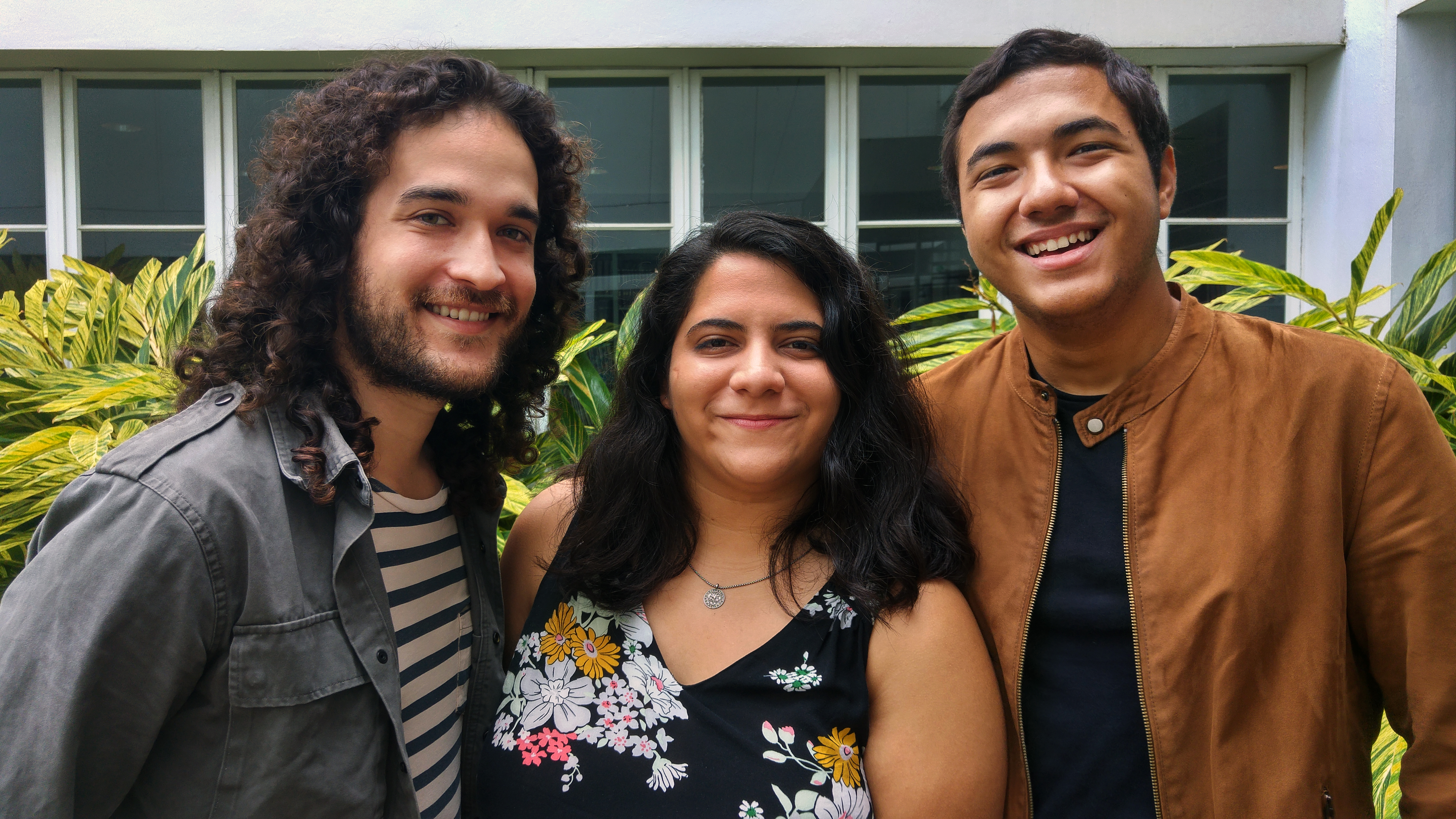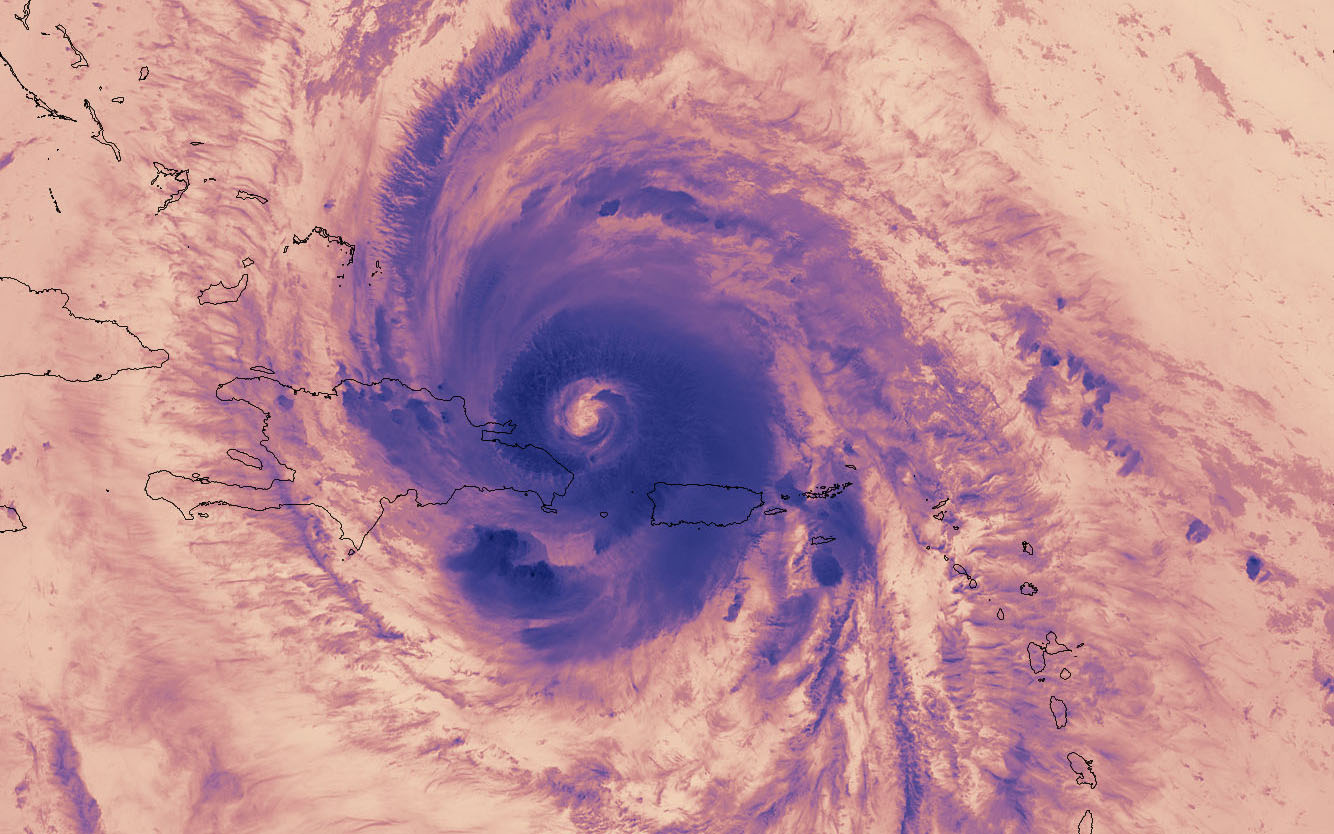Long-lost astronomy observatory in Puerto Rico rediscovered by university students
So far in 2020, University of Puerto Rico classes have been canceled due to earthquakes and the coronavirus pandemic.

Amid a global pandemic, earthquakes and the lingering aftermath of Hurricane Maria, university students in Puerto Rico have found an unlikely source of hope: an abandoned astronomical observatory they discovered at their school.
The Circle of University Astrobiology at the University of Puerto Rico (UPR), Río Piedras, is a group of students from science and nonscience majors alike who are interested in astrobiology. Their projects include collecting micrometeorites on campus and planning events such as astrophotography nights.
Three members of the group — Kevin Ortíz Ceballos, Jorge Pérez Figueroa and Alejandra Ocasio — recently spoke with Space.com about their discovery of an abandoned astronomical observatory in the university's music building and their intention to restore the facility.
Related: NASA maps damage in Puerto Rico to assist relief efforts
Me topé con este observatorio abandonado en el edificio Agustín Stahl (lo que ahora es el departamento de música de la Iupi.) ¿Alguien conoce su historia, el porqué de su abandono y si la estructura es restaurable? pic.twitter.com/YudeqP3NGpSeptember 17, 2019
Pérez Figueroa, an undergraduate student studying interdisciplinary science and philosophy, posted a video of his discovery on Twitter on Sept. 16, 2019.
"I came across this abandoned observatory in the Agustín Stahl building (what is now part of the Music Department). Does anyone know its history, the story of why it is abandoned and if the structure is restorable?" Pérez Figueroa wrote in Spanish in the tweet.

Pérez Figueroa came across the facility when he first noticed a "huge, blue dome" on top of a building that faced the street he was driving down, he told Space.com. "It quickly hit me that this dome is an astronomical dome," he said. "It was astonishing that there was this huge dome right there with everything inside. The telescope was inside it, but [it was] completely abandoned. And it seemed like it had been abandoned for years upon years."
Get the Space.com Newsletter
Breaking space news, the latest updates on rocket launches, skywatching events and more!
He relayed his finding to Ortíz Ceballos and Ocasio, and the trio began asking the physics and music departments about the room's history. The dome sits abandoned within the building that once held the physics department, but now it's home to the music department. The students did not turn up much in their initial inquiries. No one knew much about the building, Pérez Figeroa said, "except for that it was damaged and no longer working."
But after some digging, which included conversations with the Puerto Rico Historic Buildings Drawings Society, they began learning more about the observatory.

Ortíz Ceballos, an undergraduate student studying physics and philosophy, has already gotten a taste for astronomy research, conducting observations of the first known interstellar comet, called 2I/Borisov. At a meeting of the American Astronomical Society held in Honolulu in January, Ortíz Ceballos represented the trio and shared the story of the abandoned dome and what they had learned about it so far.
Related: Interstellar comet Borisov shines in new photo
According to Ortíz Ceballos' presentation, the observatory was built in the 1930s by the university's physics department and was used for research until the 1960s. It was during that decade that the Arecibo Observatory, a giant radio telescope that is the second largest of its kind, was built in Puerto Rico. The university observatory continued operating until the 1970s but was used mostly for educational activities.
Eventually, according to Ortíz Ceballos, the dome's closing mechanism broke, and the telescope suffered water damage. By the 1980s, the building housed the music department, and the observatory was sometimes used as a classroom. The room hasn't been used since at least 2017, when Hurricane Maria battered the island, and the university closed it off shortly after Pérez Figueroa came across it.

Along with Ocasio, an architecture student at the university, Ortíz Ceballos and Pérez Figueroa continue to investigate the history of the observatory. But they haven't spent as much time on campus this semester as they had expected. The earthquakes that shook the island beginning in December 2019 closed the University of Puerto Rico for several days, and as of March 13, UPR canceled classes due to the ongoing spread of the coronavirus.
Ortíz Ceballos told Space.com that the earthquakes left him feeling powerless, and he wasn't alone. The disasters had collectively taken a toll on public mental health, and many Puerto Ricans were frustrated by local and federal responses.

Revisiting this old observatory gives the students hope, said Ocasio, who felt a tremor while in class this academic year.
"I am an architecture student, and we are very much taught to create more things," she said, adding that although she doesn't study science, her classwork requires her to think rigorously and critically about concepts that apply to the observatory space. Those concepts include the defining qualities of a space and the value of a room.
"We have a space that is created, and it needs just a little bit more attention," Ocasio said, adding that the project would restore something and combat the idea of abandoning and demolishing old structures as a solution to developing the urban landscape.
Pérez Figueroa thinks of their investigation as a microcosm of Puerto Rican society.
The natural disasters and the island's tense politics over the past several years have caused constant social anxiety, he said. "I guess what we're doing represents what most of the population is doing, by trying to create something new and different," that, as later he added, doesn't require change from top to bottom.
This spirit is part of the charter of the Circle of University Astrobiology in the first place, the students said.
"The Astrobiology Circle is not just an academic association of students; it also has within its ethos this drive to do social good within the community," Pérez Figueroa said. "This is the perfect opportunity to let that show. We find something that's of scientific value, of historic value, of community value, and if we can find ways for it to be restored, to give something back to the community, it'll be here long after we're gone. And I think that's worth pursuing."
- Puerto Rico from space: NASA videos show aftermath of Hurricane Maria
- Puerto Rico's dramatic power loss shown in satellite photos
- Puerto Rico blackout looked striking from space, astronaut tells students in Q&A
Follow Doris Elin Urrutia on Twitter @salazar_elin. Follow us on Twitter @Spacedotcom and on Facebook.
OFFER: Save at least 56% with our latest magazine deal!
All About Space magazine takes you on an awe-inspiring journey through our solar system and beyond, from the amazing technology and spacecraft that enables humanity to venture into orbit, to the complexities of space science.
Join our Space Forums to keep talking space on the latest missions, night sky and more! And if you have a news tip, correction or comment, let us know at: community@space.com.

Doris is a science journalist and Space.com contributor. She received a B.A. in Sociology and Communications at Fordham University in New York City. Her first work was published in collaboration with London Mining Network, where her love of science writing was born. Her passion for astronomy started as a kid when she helped her sister build a model solar system in the Bronx. She got her first shot at astronomy writing as a Space.com editorial intern and continues to write about all things cosmic for the website. Doris has also written about microscopic plant life for Scientific American’s website and about whale calls for their print magazine. She has also written about ancient humans for Inverse, with stories ranging from how to recreate Pompeii’s cuisine to how to map the Polynesian expansion through genomics. She currently shares her home with two rabbits. Follow her on twitter at @salazar_elin.










